In the course of their long and happy marriage, six children were born to them: Prince Edward, Prince Albert, Princess Mary, Prince Henry, Prince George and Prince John.
On 23 January 1901, following the death of Queen Victoria, The Duke accompanied his father to the first Privy Council of the new reign at the Banqueting Hall, St James’s Palace, and was the first to swear allegiance to the new King. In May 1901 the Duke opened the first Parliament of the new Commonwealth of Australia, and then visit New Zealand, South Africa and Canada. Upon his return to England, King Edward VII created him on 9 November 1901 Prince of Wales, and in April 1903 the heir apparent moved, with his wife, to Malborough House, his new London home. He continued with his Royal Tours, visiting Berlin in 1902. Austria in 1904, and India and Burma in 1905-6.
The Prince of Wales was proclaimed King George V following his father’s death on 6 May 1910, and his Coronation took place at Westminster Abbey on 22 June 1911.
George V’s reign began amid the continuing constitutional crisis over the House of Lords, which refused to pass a Parliament Bill limiting its powers (which would remove its power to veto a Bill from the Commons).
George visited India in 1911, the only monarch to do so as King-Emperor. He was accompanied by his wife, Queen Mary.
In 1914 the First World War broke out. The King made over 450 visits to troops and over 300 visits to hospitals visiting wounded servicemen, he pressed for proper treatment of German prisoners-of-war and he pressed also for more humane treatment of conscientious objectors. In 1917 anti-German feeling led him to adopt the family name of Windsor (after the Castle of the same name).
George readily accepted the first Labour government in 1924. Following the world slump of 1929, the King persuaded the Labour leader to head a National Government composed of all parties, which won the election of 1931.
The Statute of Westminster of 1931 enacted that Dominion Parliaments could now pass laws without reference to United Kingdom laws, and abolished various reserve powers still possessed by the Crown and Parliament. This paradoxically increased the monarchy’s importance, since the Dominions (no longer subordinated to one supreme Parliament at Westminster) were now linked through common allegiance to the Crown.
He died on 20 January 1936 and his eldest son Edward succeeded to the throne as Edward VIII.
The figure wears the full dress British Army Field Marshal’s uniform, carrying the marshal’s staff. On his trip to India in 1911, George V was seen wearing the Wolseley model pith, feathered. The figure has been made following photographs of that trip.

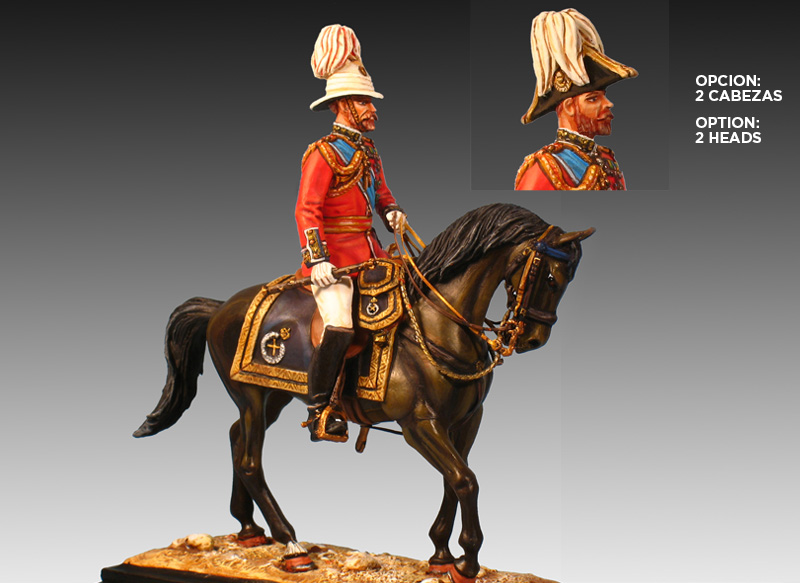
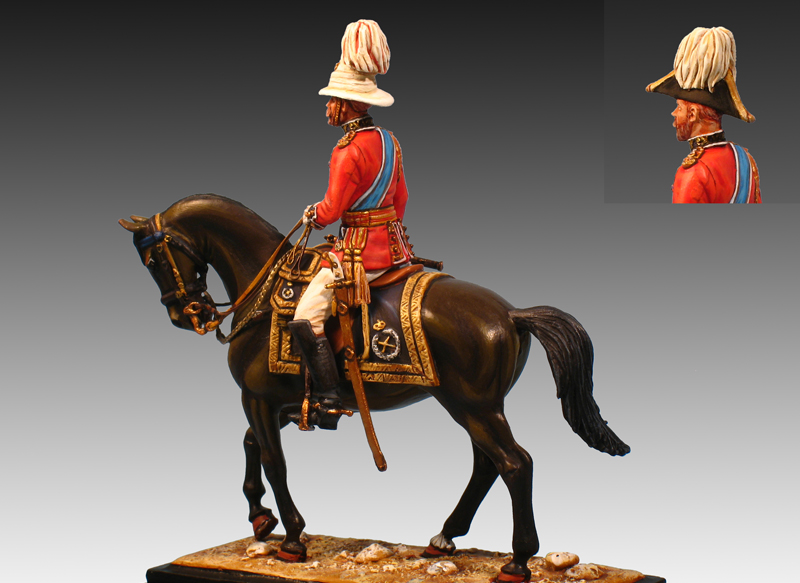


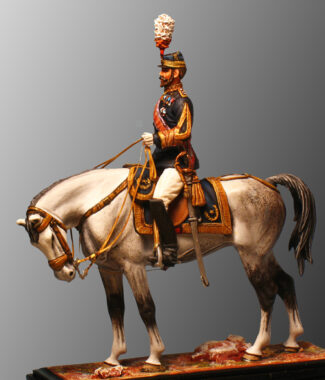
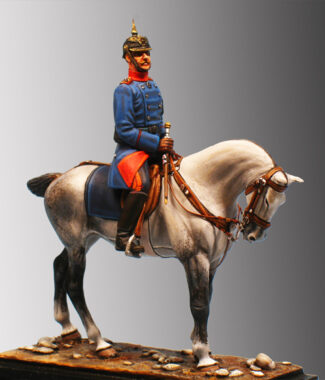
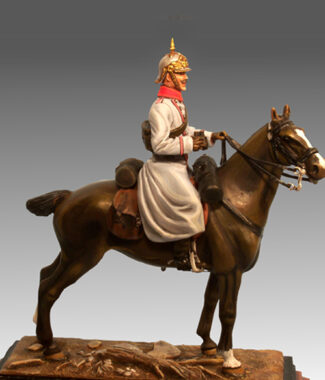
Reviews
There are no reviews yet.